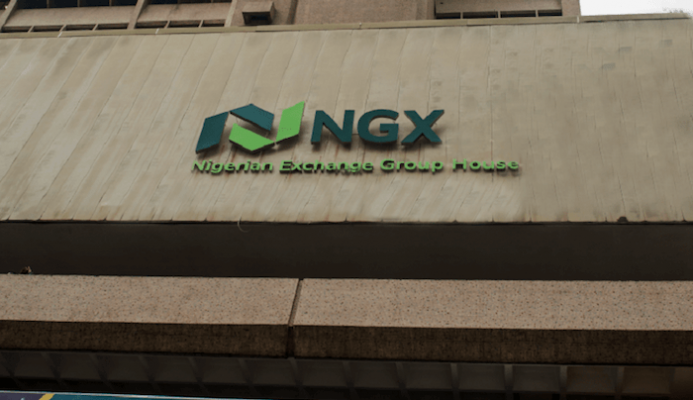Moody’s Capital Markets Research Inc. has predicted a climb in global interest rates in 2018 but said that interest-rate inspired declines by the broad equity indices may be shallow on account of growth in corporate earnings and benign corporate defaults.
“Though benchmark interest rates are likely to climb higher, the combination of corporate earnings growth and a benign outlook for corporate defaults should be enough to prevent a deep and extended slide by share prices,” says John Lonski, chief economist at Moody’s Capital Market Research Inc. in a credit markets review and outlook published in Moody’s Weekly Market Outlook January 4, 2018.
Lonski noted that except for the late 1987’s stock market crash, the historical record shows that since 1982, interest-rate inspired declines by the broad equity indices have been relatively brief and shallow.
“A benign outlook for corporate defaults weighs against a deep and prolonged slump by earnings-sensitive securities in 2018,” he said, adding that the average expected default frequency (EDF) metric of US/Canadian high-yield issuers is a reliable leading indicator of the high-yield default rate.
He indicated that in early January 2018, the high-yield EDF metric fell to 3.50 percent for its lowest daily close since May 2015, however noting that May 2015’s average high-yield EDF was part of a rising trend, which by contrast, early January 2018’s reading was part of a declining trend.
“Consistent with what transpired during 2012-2013, Moody’s Default Research Group recently projected a decline by the U.S.’ high-yield default rate from November 2017’s 3.4 percent to 2.3 percent by November 2018,” he averred, adding that equities are likely to benefit if predictions of a year-to-year drop by default rate prove true.
But, the depth of any decline by share prices will be comparatively shallow compared to the damage ordinarily imparted by a significant and extended contraction of profits.
He said 2018’s climb by interest rates is likely to be milder than the upheavals of 1987 and 1994
“Recent consensus predictions for benchmark bond yields fall considerably short of what occurred in 1994 and 1987. The average prediction of January 1, 2018’s Blue Chip Financial Forecast calls for relatively mild year-over-year increases for the 10-year Treasury yield of 30 basis point to a first-half 2018 average of 2.65 percent, and of 54 basis point, to a second-half average of 2.85 percent,” Lonski said.
2018 is also expected to record slow growth for commercial and industrial (C&I) loans amid a mature recovery, according to the Moody’s chief economist.
Global debt climbs to $233trn in Q3 despite strong economic growth
He noted that November 2017’s outstanding of commercial & industrial (C&I) loans held by banks barely rose by 0.9 percent from November 2016.
“Never before have the outstandings of C&I loans grown so slowly from the prior year more than five years into an economic recovery,” he highlighted.
He said prior to 2008, the previous bottom for the yearly increase of C&I loans more than five years after a recession was the 2.5 percent as of May 1990 but newly-rated bank loan programs from high-yield issuers soared higher by 37.2 percent annually during 2017.
“It may well be that the rapid growth of new high-yield bank loan programs may be signaling an acceleration of bank-held C&I loans. Still, it is odd that despite much-improved growth rates for business sales and profits, as well as an easing of business loan standards, senior bank loan officers have reported a net reduction in the business sector’s demand for bank loans,” he said.










